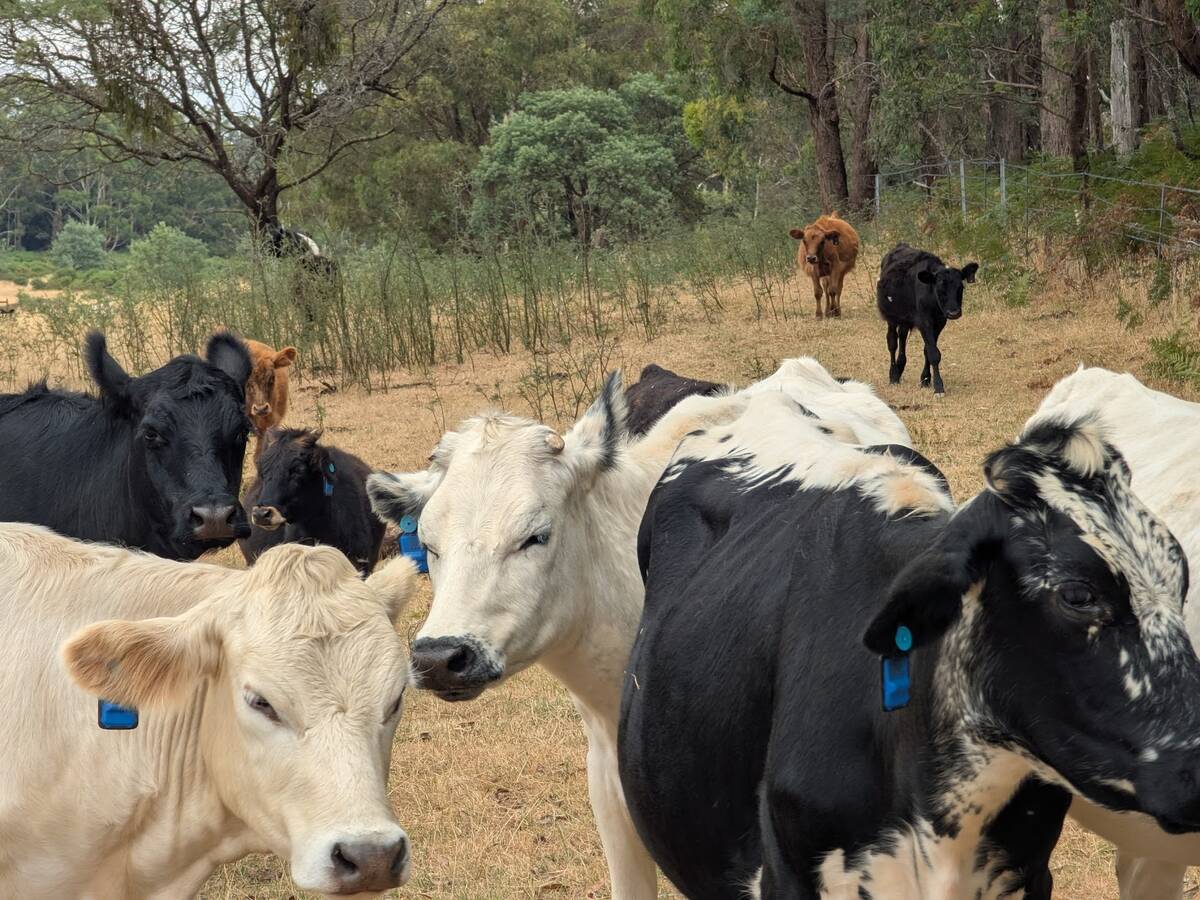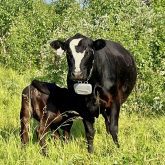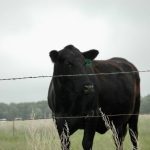When examining abortion in cattle, it’s important to look at incidence, cause, definition, when to summon help and what to do. As an aid to producers, abortion can be defined as terminating pregnancy any time after around 42 days, when placentation is complete. Placentation is the establishment of membranes joining mother and fetal blood supply within the uterus.
Abortion at 42 days is called early abortion. Abortion in the third trimester of pregnancy is late-stage abortion. In between the two, the fetus grows from the size of a mouse to the size of a large cat. Your veterinarian can help with this.
It’s estimated that the animal-level incidence of abortion between day 42 and term is approximately 10 per cent. But fewer than five per cent of farmers report greater than five per cent observed abortion rates. Given these figures, veterinary practitioners and farmers tend to use this value. About 40 per cent of abortions are diagnosed as infectious and 60 per cent remain undiagnosed. Genetic causes of abortion are growing in number. Changes to current national genetic selection indices may be warranted.
Of the infectious causes, Neospora caninum is now the most commonly diagnosed abortifacient internationally, followed by Trueperella (previously Actinomyces) pyogenes, followed by bovine viral diarrhea and fungi. Dogs and coyotes and their obsession with aborted fetuses are major factors in introducing neospora and transmission of infection between and within herds. Control efforts and diagnostic support by national and provincial agencies and effective vaccination protocols reduce the burden of some infectious agents. Yet control of sporadic, non-infectious causes and neospora-associated abortions remains a challenge for veterinarians and producers.
Read Also

Australian company brings ear-tag tech to Canadian pastures
With Smart Paddock, beef farmers and ranchers can track their cattle through GPS technology
The rate of abortion is grossly under-reported at a farm level, particularly in early gestation, resulting in a mid- to late-gestation reporting bias (Gädicke & Monti, 2013). In a review of 26 abortion studies in dairy herds, Forar et al. (1995) concluded that observed abortions were reported in approximately two per cent of pregnancies despite observed and unobserved abortions in approximately seven per cent of pregnancies. Based on this difference, the authors stated that approximately 30 per cent of abortions were observed visually.
A recent Canadian study (Denis-Robichaud et al., 2019) of abortion outbreaks (greater than a five per cent rate of abortion) found that only 38 per cent of farmers investigated these cases. Cost and testing issues were the primary reasons. Similarly, in a French study among dairy farmers who detected at least one abortion, only 39 per cent reported because of perceived risk and cost-benefit issues (Bronner et al., 2014). An even lower submission rate (5.5 per cent of dairy herds) was reported in New Zealand, (Thobokwe and Heuer, 2004). Under-reporting may be caused by “farm-blindness” (Mee, 2020a) whereby the farmer is unaware their abortion rate is higher than “normal.”
In a study published by the Department of Veterinary Clinical Sciences, School of Veterinary Medicine, Purdue University, abortion storms are greater (20 to 50 times) in seropositive cows and, normally, subsequent abortions can be expected. I suspect abortion in beef herds follows a similar pattern.
The School of Veterinary Medicine at Purdue University provides the following messages:
- Abortion is the most important condition that limits a cow’s ability to produce a calf and considerably erodes profit.
- Abortion is defined as fetal death and expulsion between 42 and 260 days of gestation.
- The greatest risk of fetal loss is during the first trimester of gestation and then progressively decreases as gestation advances. There is a slight increase in risk toward the last month of gestation.
- Infectious causes include bacterial, mycotic, viral and protozoal. Non-infectious causes include nutritional factors, chemicals, drugs, toxins, poisonous plants and hormonal agents.
- Many abortions go unnoticed or undiagnosed. Fertility problems are blamed when cows are found open rather than embryo/fetal loss.
- Under modern dairy management, cows continue to experience a seemingly high risk of abortion, despite intensive efforts toward immunization against infective agents.
- Good record-keeping systems help monitor trends and occasionally assist in diagnosis or a solution to problems.
- The only effective control in cases of infectious abortion is vaccination when available.
Though the animal-level prevalence of abortion is generally low, herd-level prevalence can be high, hence abortion is an economically important animal health problem. It has recently been estimated that an abortion in a dairy and beef herd costs the farmer US$1,415 (C$2,044) and US$440 (C$635), respectively (based on exchange rates January 1, 2025).
Determining the cause of an abortion is not simple and attempts to arrive at a diagnosis are frequently frustrating and unproductive. But one should attempt to find the cause any time more than one per cent of a herd aborts.

















